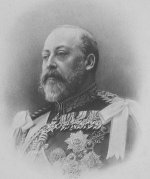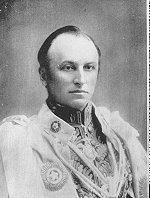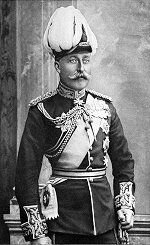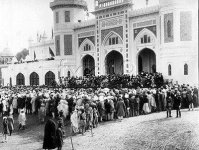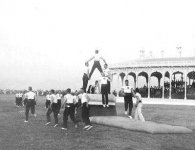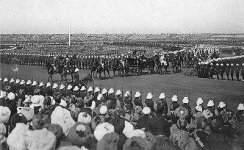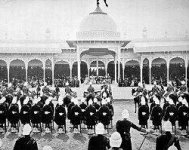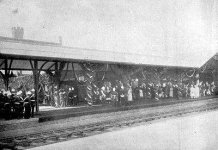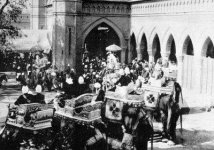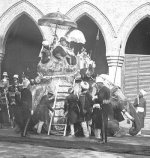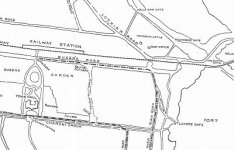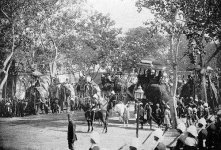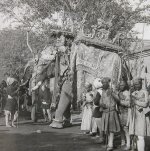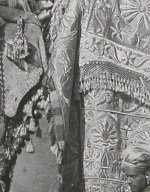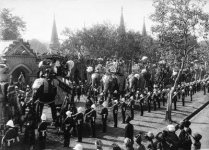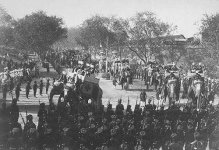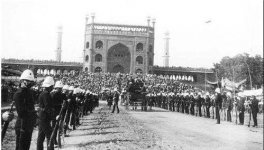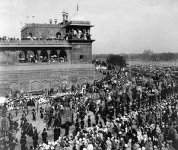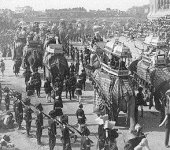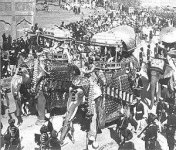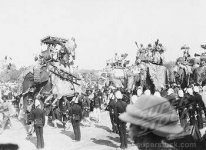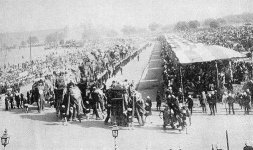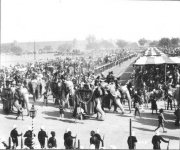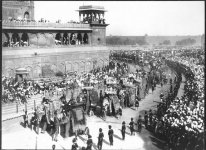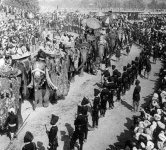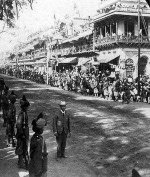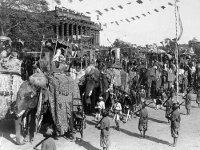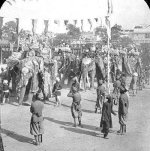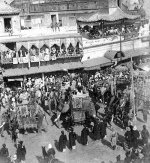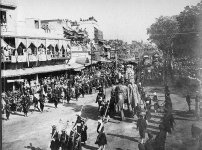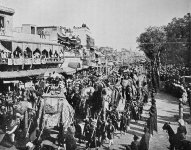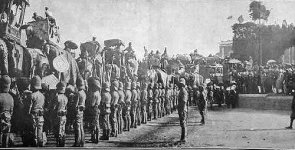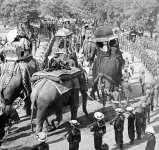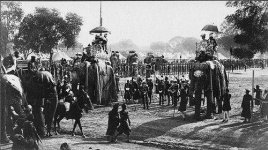Ana Donzino
First Sergeant
- Joined
- Apr 25, 2005
- Messages
- 1,439
Hello,
I decided to post a new thread about the Delhi Durbar itself. Many people is not clear about what it was and what happened there, so I'll be posting everything I have related to it here, my own pictures and information, and my future plans.
I'll begin with the brief explanation I have in our website, in a few minutes, below this post. I want to be sure that all the text and pictures fit so it will take a bit more than a couple of minutes, but it will be here soon.
Please, feel free to add any information you'd like to add, and ask or comment whatever you feel like.
I'll begin with saying to all:
Welcome to the 1903 Delhi Durbar Thread! I hope you enjoy the Durbar as much as I do.
More later,
Ana
I decided to post a new thread about the Delhi Durbar itself. Many people is not clear about what it was and what happened there, so I'll be posting everything I have related to it here, my own pictures and information, and my future plans.
I'll begin with the brief explanation I have in our website, in a few minutes, below this post. I want to be sure that all the text and pictures fit so it will take a bit more than a couple of minutes, but it will be here soon.
Please, feel free to add any information you'd like to add, and ask or comment whatever you feel like.
I'll begin with saying to all:
Welcome to the 1903 Delhi Durbar Thread! I hope you enjoy the Durbar as much as I do.
More later,
Ana


